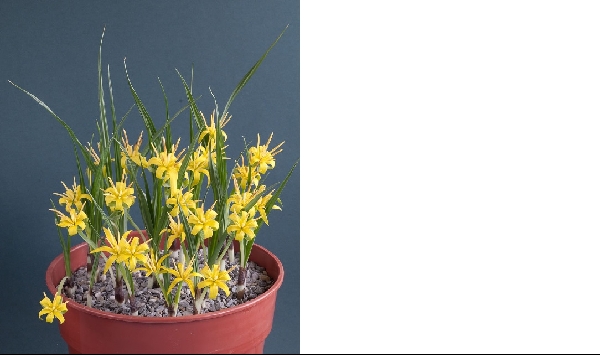Newcastle AGS Show, 2011
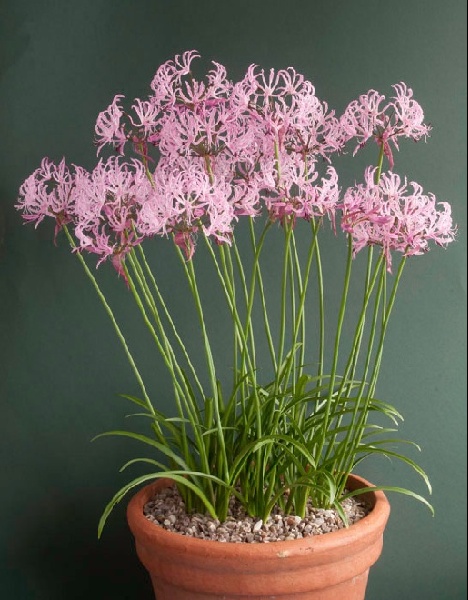
Alternating between AGS and SRGC rules, this year's event was under 'Scottish rules'. A total of fifty exhibitors descended on Ponteland from the far north and the deep south (and some from a little nearer), with the Forrest Medal plant (best plant in show) travelling a mere thirty-five miles south from Powburn in Northumberland. David Boyd has shown us several nerines in recent years and his Nerine humilis was a very worthy winner, shrugging off the almost inevitable questioning of its hardiness.
Whilst there was a good quantity of flower and colour, primarily from crocus, cyclamen and gentian, autumn shows often provide greater emphasis than usual on foliage and form - from cushion plants, sempervivums, ferns, conifers, autumn foliage, etc. These classes can often be more demanding of the judges and in turn provide more contentious decisions that puzzle the exhibitors and public.
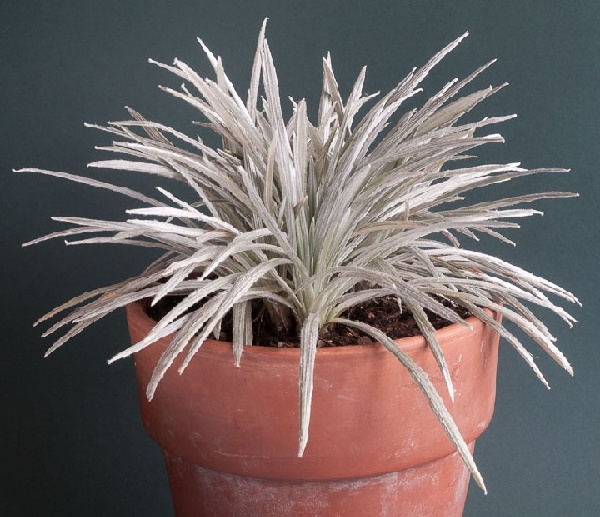
Judging the classes for 'silver or grey' foliage (and conversely those that exclude silver or grey) can often cause impassioned debate at judging time when trying to decide if all entries are sufficiently silver/grey. Otherwise excellent foliage plants can be relegated due to being more green than silver. Opinions can differ about the dividing line between silver/grey and not silver/grey, but an easy rule of thumb would be 'the more silver/grey the better'. John Bunn demonstrated a good combination in the three pan class for silver or grey foliage - all sufficiently the right side of borderline to please the judges (below). The Millennium Trophy for the best foliage plant was won by a plant of Celmisia longifolia (Brian and Shelagh Smethurst), an exhibit with no concerns about its silver credentials, which were needed to win its class although not a requirement for this particular trophy!


In a converse class for foliage effect excluding silver/grey, George Young showed us Brachyglottis bidwillii 'Basil Fox'. Its previous tag of Senecio bidwillii is probably more helpful to most of us in determining its place within the plant kingdom. A compact evergreen shrub from New Zealand, this has yet to flower for the exhibitor although this may be of little consequence since it clearly performs well as a foliage plant and the flowers are often devoid of ray florets. However, the browny green felted leaves can be difficult to keep pristine. George tells me that if they get scuffed or need to be cleared of the odd pest the cosmetic damage is nigh impossible to repair.
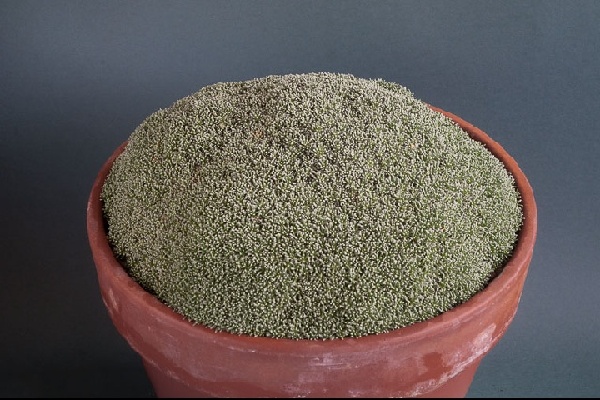
A large plant of Benthamiella patagonica won the award for the best cushion plant in the show (the Alpines 2001 Trophy). As the size of large cushion plants increases so does the trepidation of the grower when faced with the need to repot. Margaret Pickering, the grower in this instance, tells me she is opting for the bust-the-pot method next time around, although husband Robin seemed to think he will be given the job of dealing the risk-laden (but hopefully not fatal) blow.
Forms of Saxifraga fortunei are often seen at this show since they are reliably autumn flowering, however their foliage can often be striking and Saxifraga fortunei 'Silver Velvet' (Stan da Prato) was a foliage plant I had not spotted before. Perhaps these rather dark and sombre leaved plants are only noticed on a second or third pass of the show hall but once they do come into focus their value as foliage plants becomes clear. Edrom Nursery have listed it although I did not check if they had it available on the day.

Petrocosmea have become popular in recent years despite mutterings about adequate hardiness and this show now has a Gesneriaceae class to accommodate the increasing band of growers. A plant of Petrocosmea sericea won the day for (joint) show secretary Alan Newton, prompting others to obtain this species from the Aberconwy Nursery sales stand. Grown in similar conditions to the related 'African violets', my own plants relish the conditions in a north-facing porch.

Darren Sleep showed us several small plants of Massonia pygmaea ssp. kamiesbergensis. Like the Petrocosmeas the genus Massonia enjoys increasing popularity but often creates similar concerns about its hardiness. The plants exhibited came from the South African Bulb Group exchange several years ago and have survived having their leaves frozen on numerous occasions. However, the pots and bulbs are never allowed to freeze and frost is generally excluded from the greenhouse. The Kamiesberg is one of the colder parts of western South Africa and the higher areas frequently experience frost and snow so this taxon should have a good degree of frost hardiness. Cultivation is straightforward using equal parts JI2 and lime-free grit, although Massonia seem relaxed about pH levels.

Christine Boulby won the trophy for the most points in the Intermediate Section and I was particularly taken with her plant of Primula scotica. This won her a first prize and would surely have also won the prize for smallest plant in the show had there been one. As a short lived species that does not bulk up this is usually exhibited as several seedlings planted together in a larger pot. Somehow this tiny plant forced onlookers to enjoy the individual splendour of this native species instead of the overall impression afforded by a mass planting.
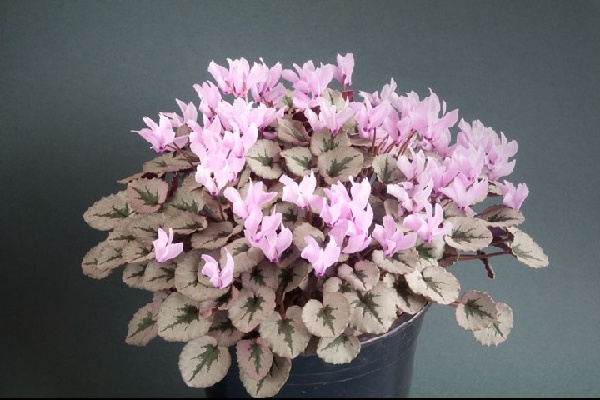
As expected there were several stunning cyclamen in the large pan classes but this year it was the small pan cyclamen that carried off the trophies. Sue Gill won the 'best in B and C' with a lovely plant of Cyclamen mirabile whilst Derek Pickard won the Ewesley Salver for the 'best cyclamen in a 19cm pot' with his Cyclamen graecum (below). Derek had won this same award last year but not returned the trophy - prompting the show secretary at presentation time to jokingly question if this was forgetfulness or confidence that he would retain it.
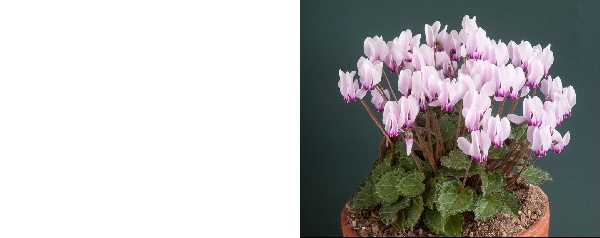
A new and novel 'cut flower' class for 'five varieties of alpine plants in fruit, cone or seed' attracted three good entries, but two of these were deemed to contain material from plants that were not sufficiently 'alpine'. Accordingly, a first prize was awarded but no second or third prize was given. Judges never like to disregard entries but in this new class it was felt important to establish the 'ground rules' - harsh though this may be for the exhibitors concerned! Next year we hope for a more level playing field.

An outstanding display entitled 'A Walk on the Wild Side' put together by the North East England AGS Group was given a Gold Award. Those who remember a similar display from the same team at the Northumberland (Hexham) Show in the spring, which was given a Large Gold award, may think this recent decision was a downgrade. Not so, since Gold is the highest award under the Scottish system.
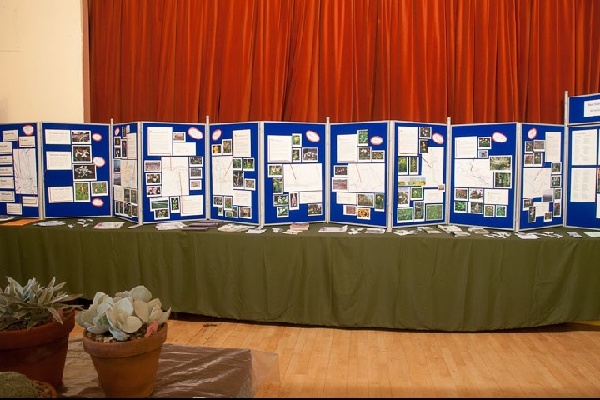
Certificates of Merit were awarded to Saxifraga fortunei var. rubrifolia (Tom Green), Coprosma petrei x brunnea (Trevor and Angie Jones) and Empodium flexile (Bob and Rannveig Wallis).

